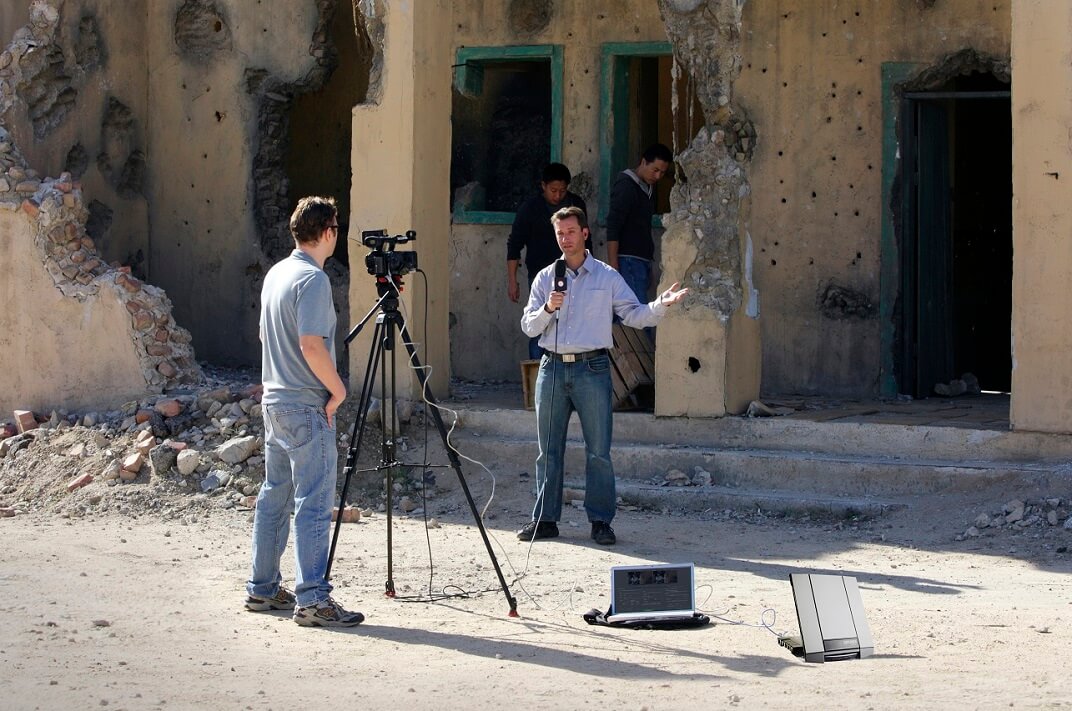Extreme polar conditions no match for BGAN
After 10 days of being trapped in the packed ice off the coast of Antarctica, all 52 passengers on the Akademik Sholalskiy were finally airlifted to safety aboard the Aurora Australis icebreaker on 2 January.
The unfolding drama has been possible for the world to see thanks to Inmarsat’s BGAN service, which allowed two UK journalists from The Guardian newspaper to file daily reports and images back to their newsdesk in London.
Science correspondent Alok Jha and video and photo-journalist Laurence Topham battled temperatures of minus 10 degrees C and all the inherent technical difficulties this entailed to recount their experiences.
Severe weather
The pair gained a connection with the Inmarsat satellite by setting up their BGAN terminal, which is designed for use on land, on the top of the ship.
The severe weather meant that the battery life of all equipment was significantly reduced and Jha reported: “A full laptop charge can disappear in an hour or less.’
“The laptop ran out of juice half-way through an upload more than once, so we resorted to wrapping the laptops in our insulated overcoats… that seems to keep them going longer,” he explained.
Real triumph
Despite the late nights on a windy, bitterly cold deck – temperatures in Commonwealth Bay can be minus 20 degrees C or more – their reports, videos and tweets have been a huge viral success.
“Our tweets and Vines have been among the most southern ones ever sent – partly we did it just to see how far we can make it work.
“These have been endlessly shared and retweeted. The images and videos from the trip have been a real triumph in terms in engagement,” said Jha.
BGAN in action
Jha and Topham produced a video to show just how hard it was to upload stories from the research vessel, Akademik Sholalskiy.
The Australian Antarctic Expedition, The Spirit of Mawson, followed in the footsteps of Australian explorer’s Sir Douglas Mawson’s team by revisiting the sites they first saw 100 years ago.
The month-long scientific expedition repeated century old measurements to find out what changes had taken place in the Antarctica and Southern Ocean.

